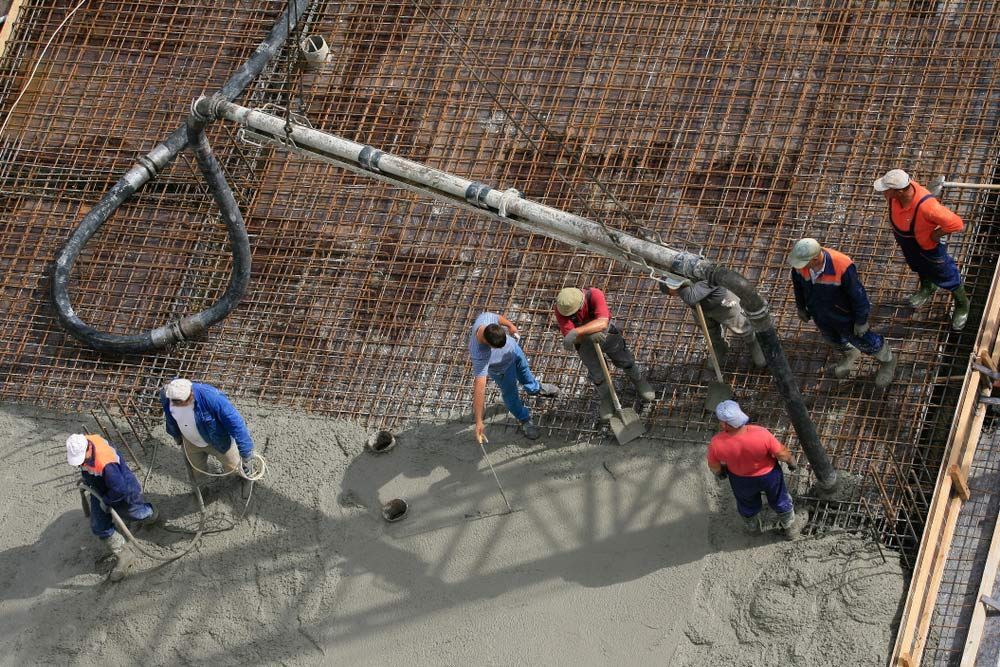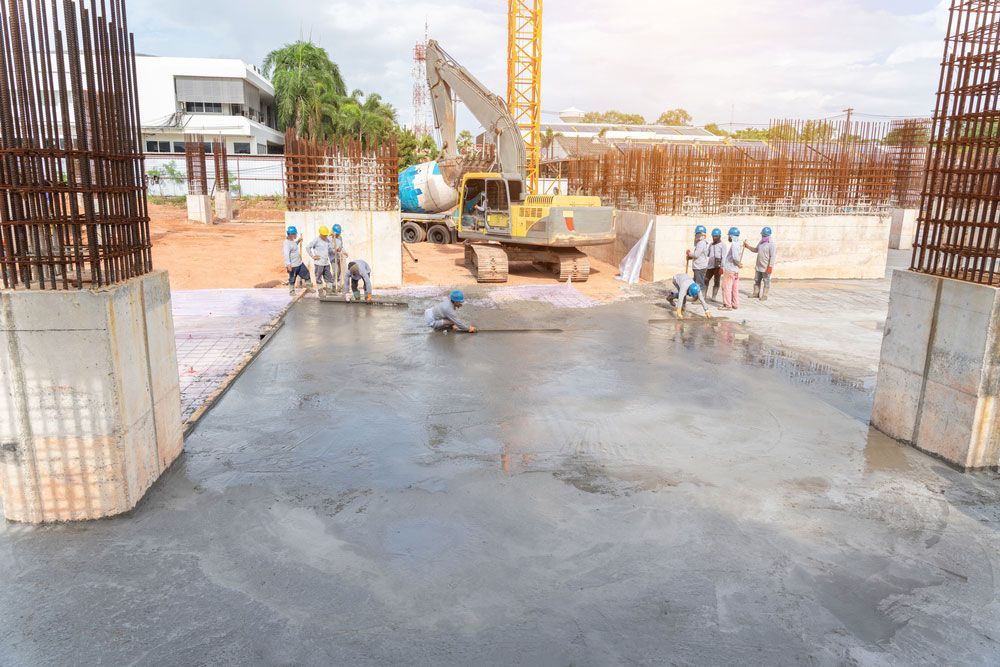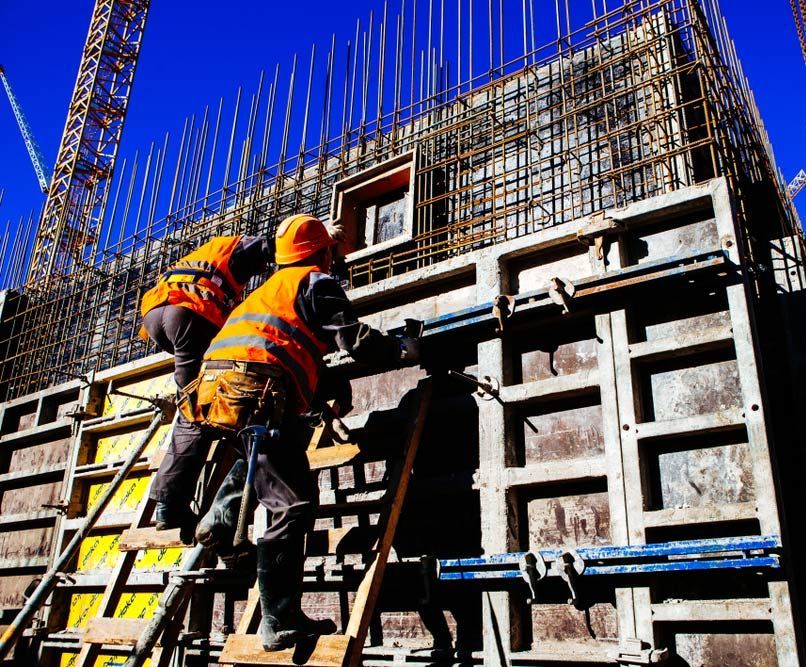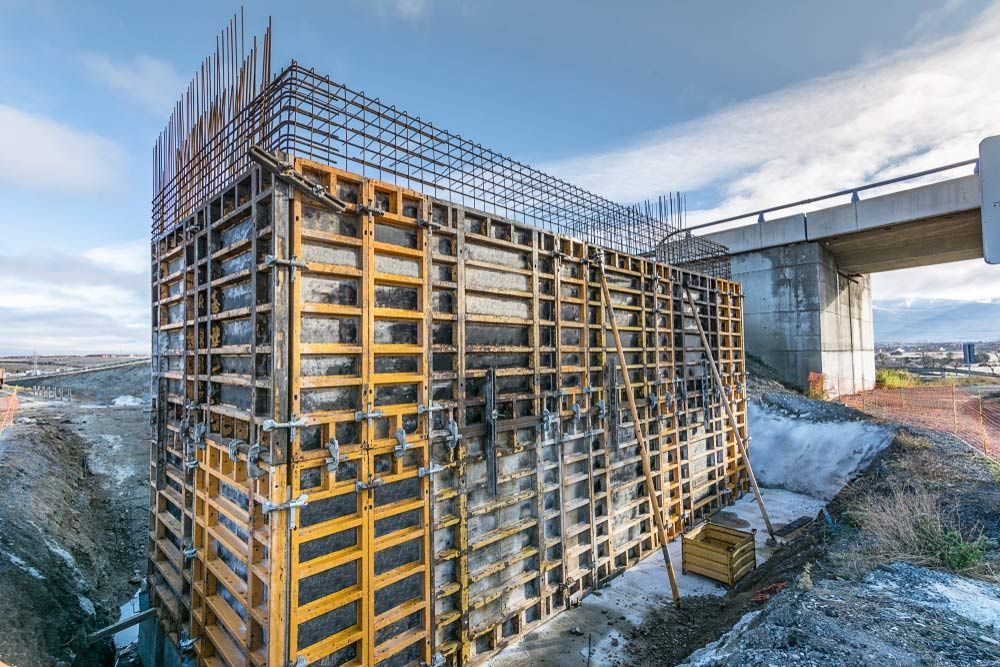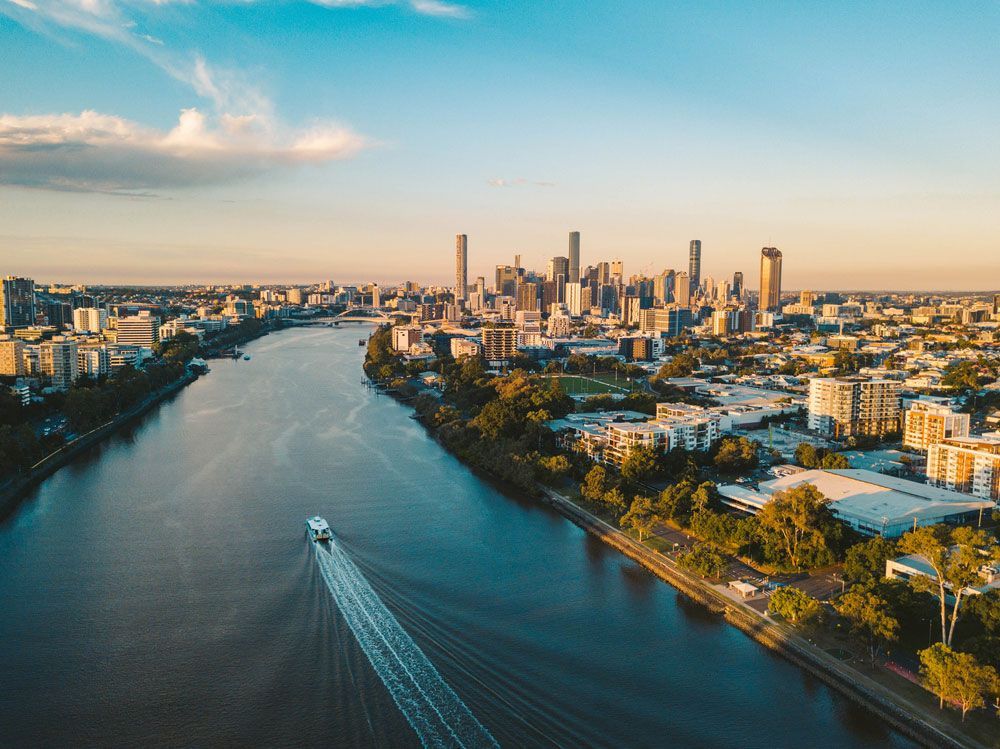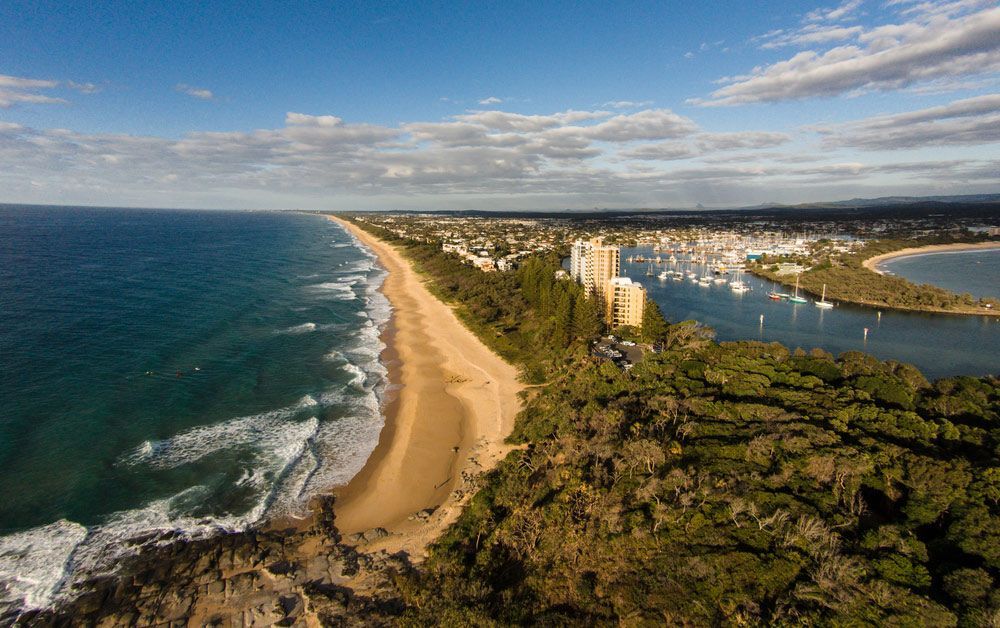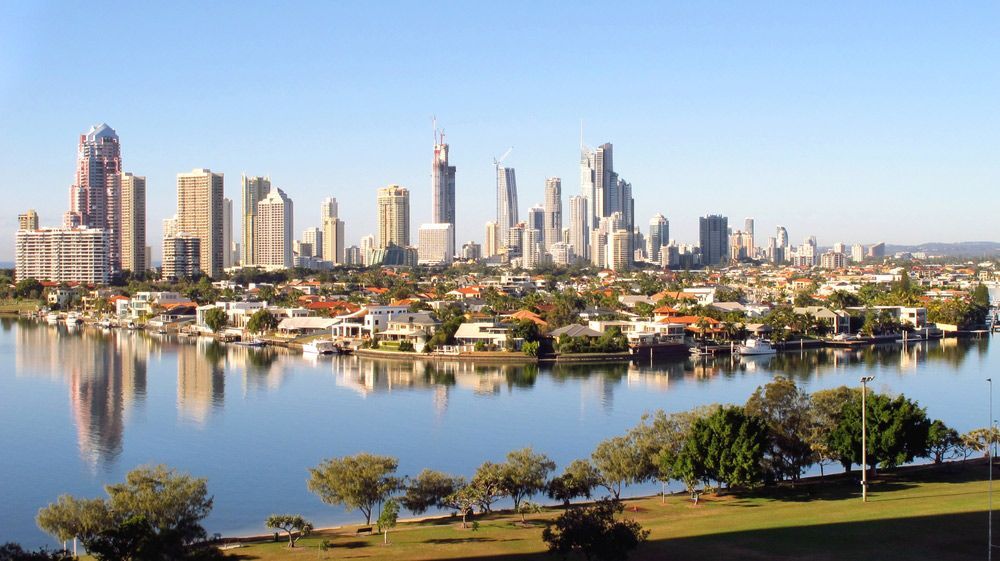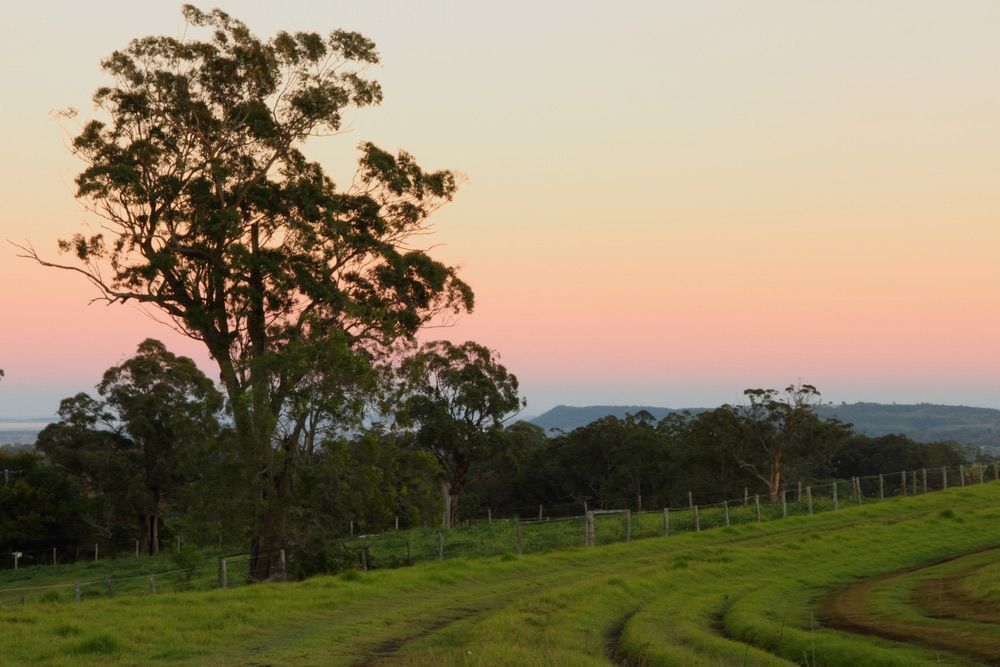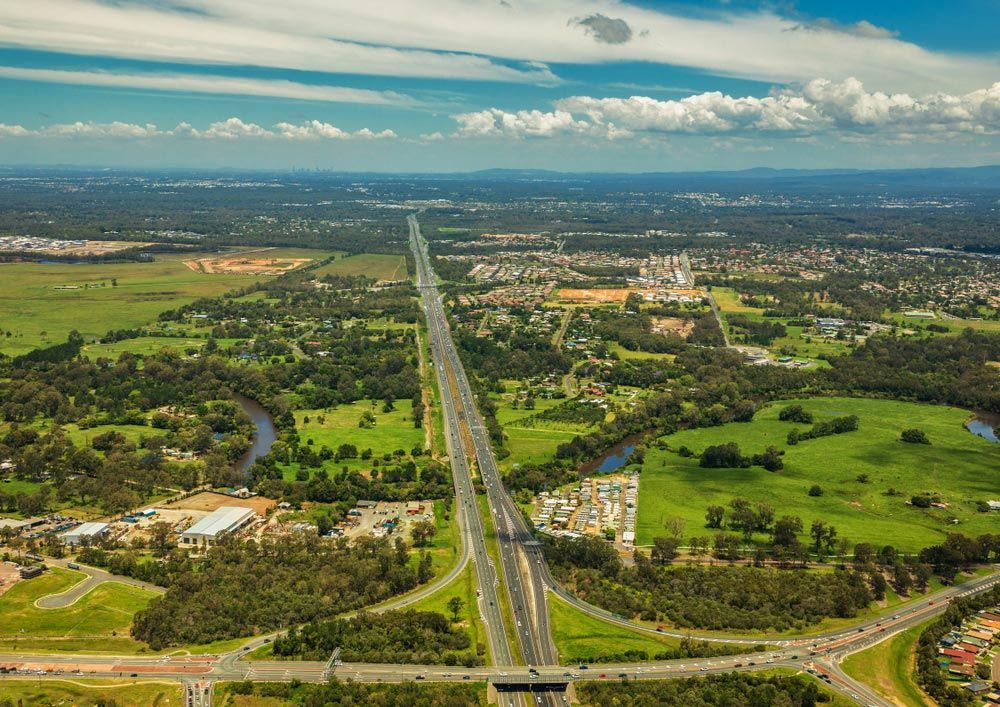Build With Bampak on the Sunshine Coast
Using FRP to Create Advanced Structures
At Bampak, we are proud to offer advanced construction techniques such as Fiber-Reinforced Polymer (FRP) to our clients.
Our FRP Complex Structures are sophisticated architectural and engineering constructions integrating advanced Fiber Reinforced Polymer (FRP) materials. These structures encompass a range of projects, such as bridges, tunnels, buildings and facades, where FRP's unique properties—high strength, lightweight composition and corrosion resistance—are strategically applied to achieve innovative and durable outcomes.
The incorporation of FRP in complex structures aligns with a modern approach to construction, emphasising efficiency, sustainability and resilience in diverse architectural applications, reflecting a commitment to cutting-edge solutions and construction methodologies.
To enquire about our FRP Complex Structures, or to discuss an upcoming project call 0428 199 943. Our other capabilities include the design and construction of water reservoirs, weirs and drainage structures. We service QLD and NSW including Brisbane, the Sunshine Coast, the Gold Coast, Darling Downs and Caboolture.
Utilising FRP in Bridge Construction
We harness the innovative power of Fiber Reinforced Polymer (FRP) in bridge construction to redefine what's possible in modern infrastructure. FRP's remarkable strength-to-weight ratio makes it an ideal material for bridges, ensuring robust structures without compromising on design aesthetics. The lightweight nature of FRP eases transportation and installation processes, ultimately leading to shorter construction timelines and reduced labour costs.
Moreover, the superior corrosion resistance properties of FRP offer a distinct advantage in environments exposed to harsh weather conditions or de-icing salts, substantially increasing the lifespan of bridges and reducing maintenance requirements. By amalgamating advanced engineering techniques with FRP's unique properties, we construct state-of-the-art bridges that epitomise durability, functionality and aesthetic appeal.
Innovative Tunnel Construction with Fiber Reinforced Polymer
At Bampak, we are redefining the boundaries of modern tunnel construction by integrating Fiber Reinforced Polymer (FRP) into our methodologies. FRP's unparalleled strength and lightweight properties allow for the creation of tunnel linings that are robust, durable and easier to install.
The corrosion resistance of FRP proves beneficial in tunnel environments, where conditions can be wet, corrosive and subjected to fluctuating temperatures. This superior resistance to environmental conditions significantly extends the lifespan of the tunnel structure, while reducing the need for frequent and costly maintenance. Embrace a future of sustainable and innovative infrastructure with Bampak's FRP Tunnel Construction.

